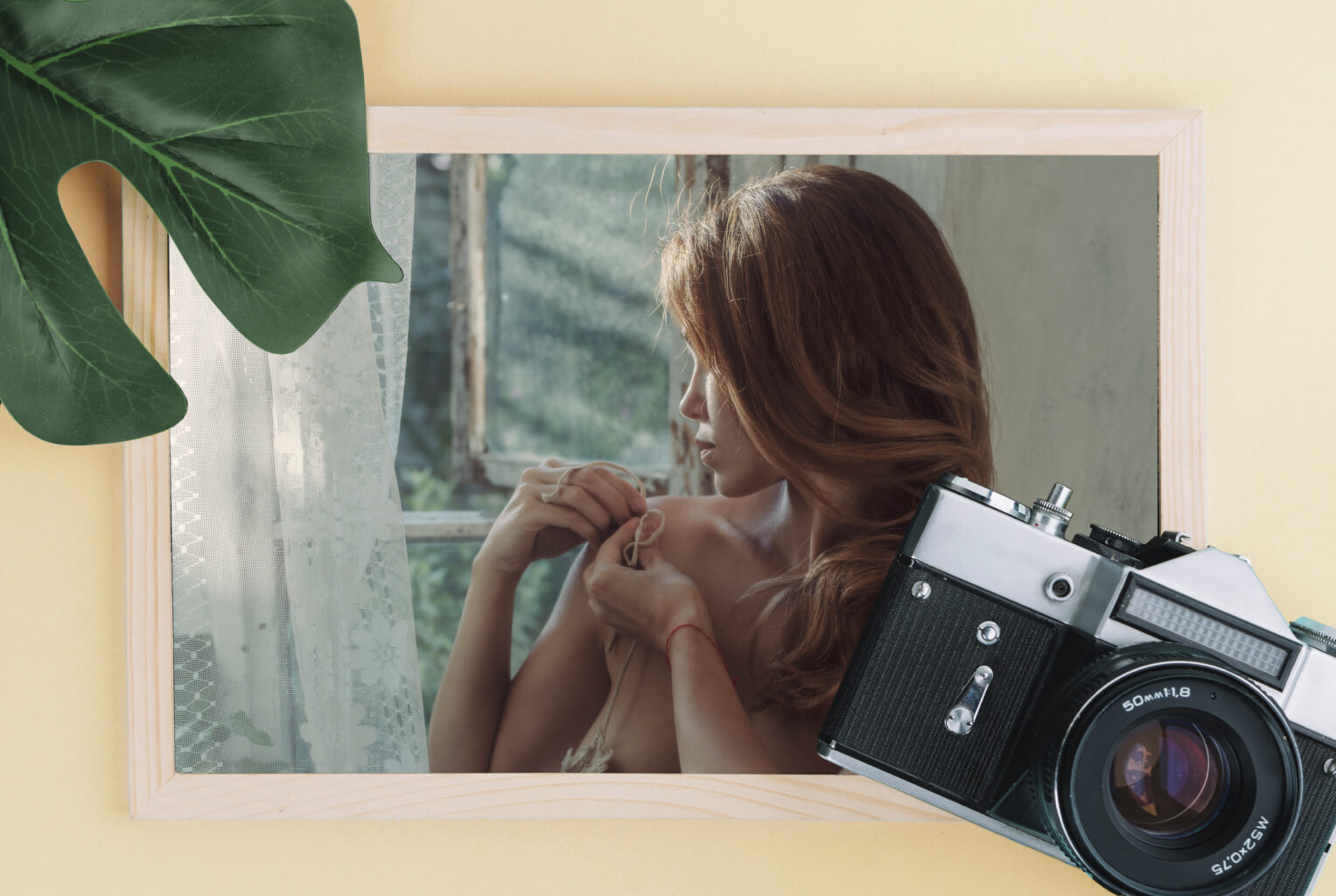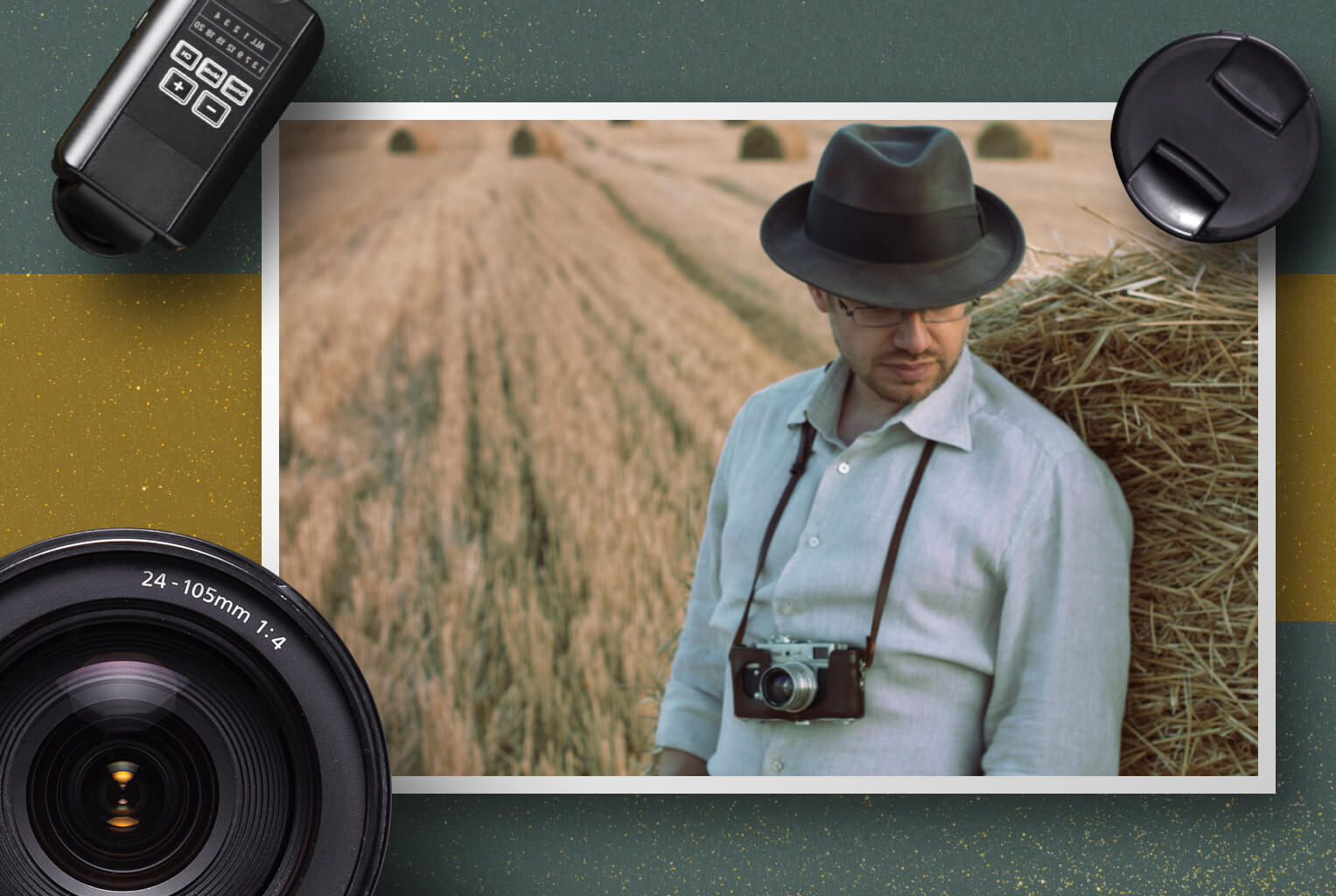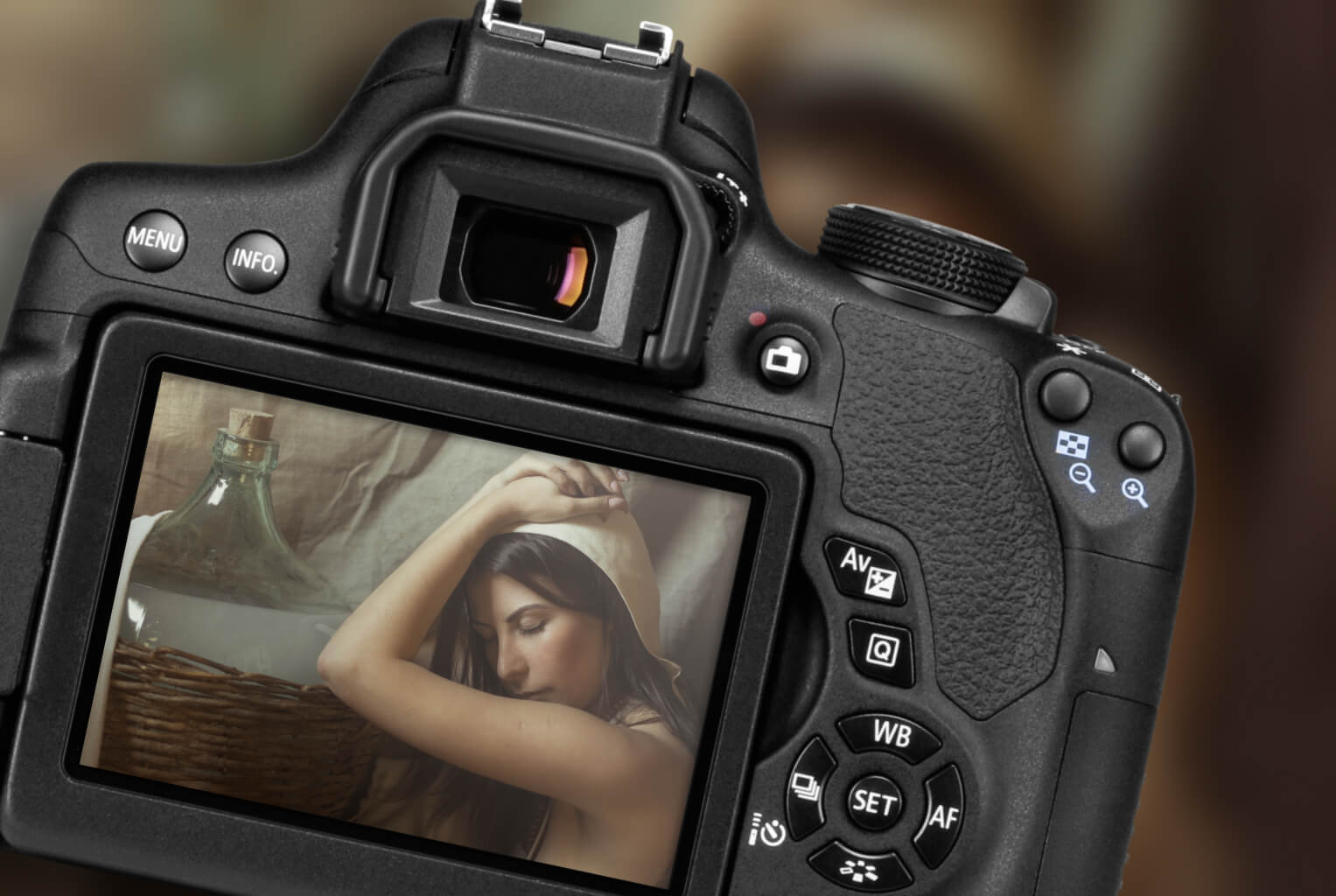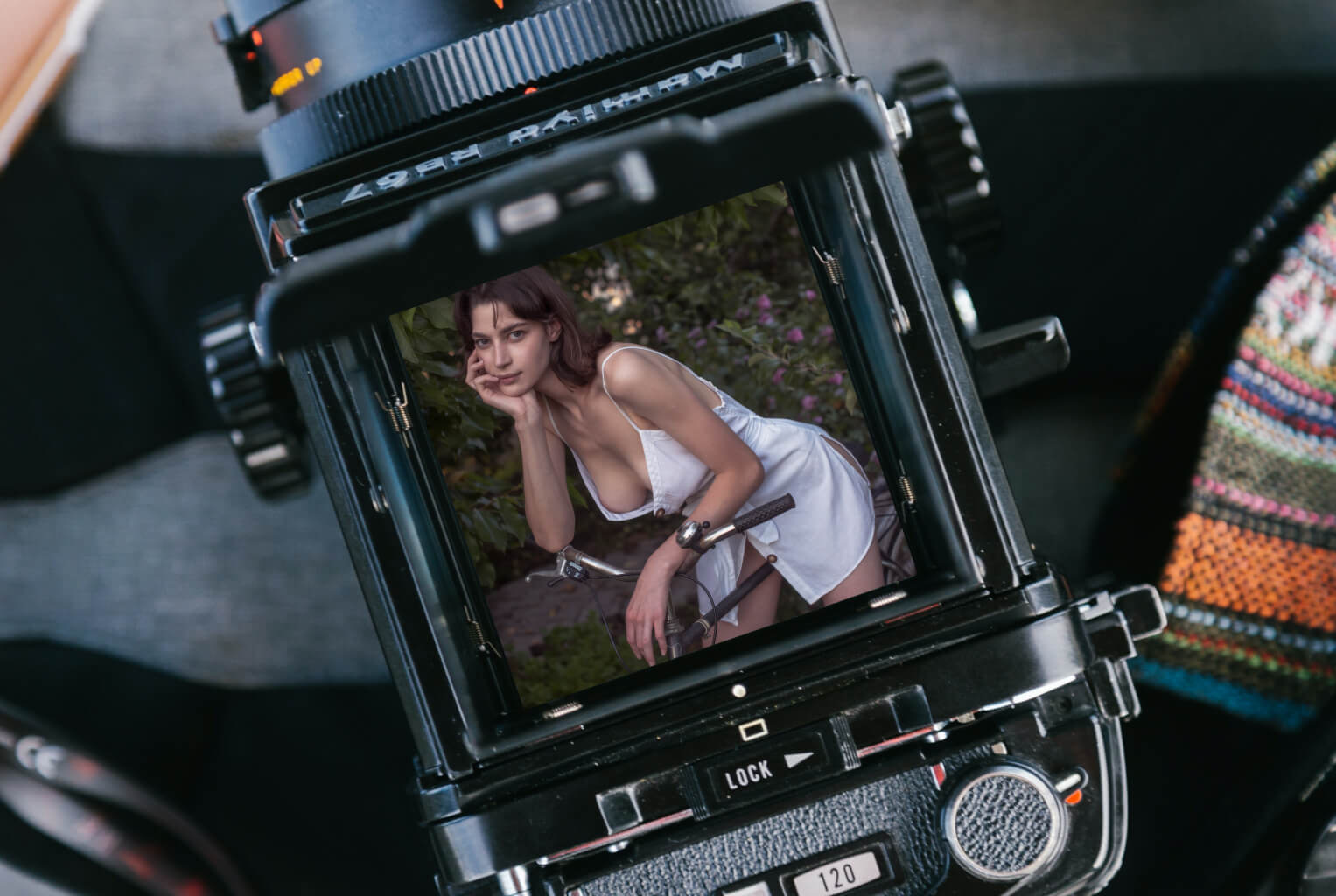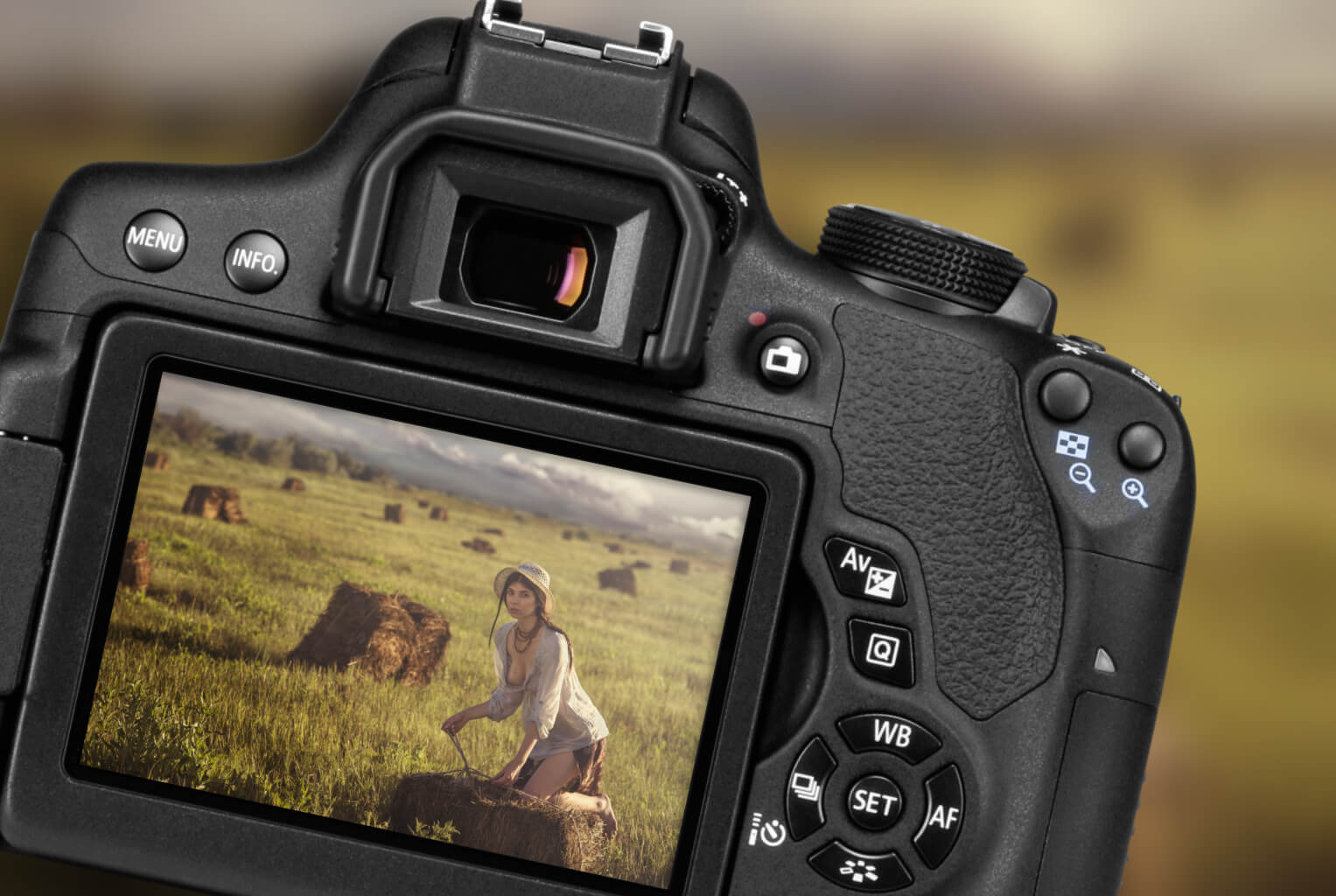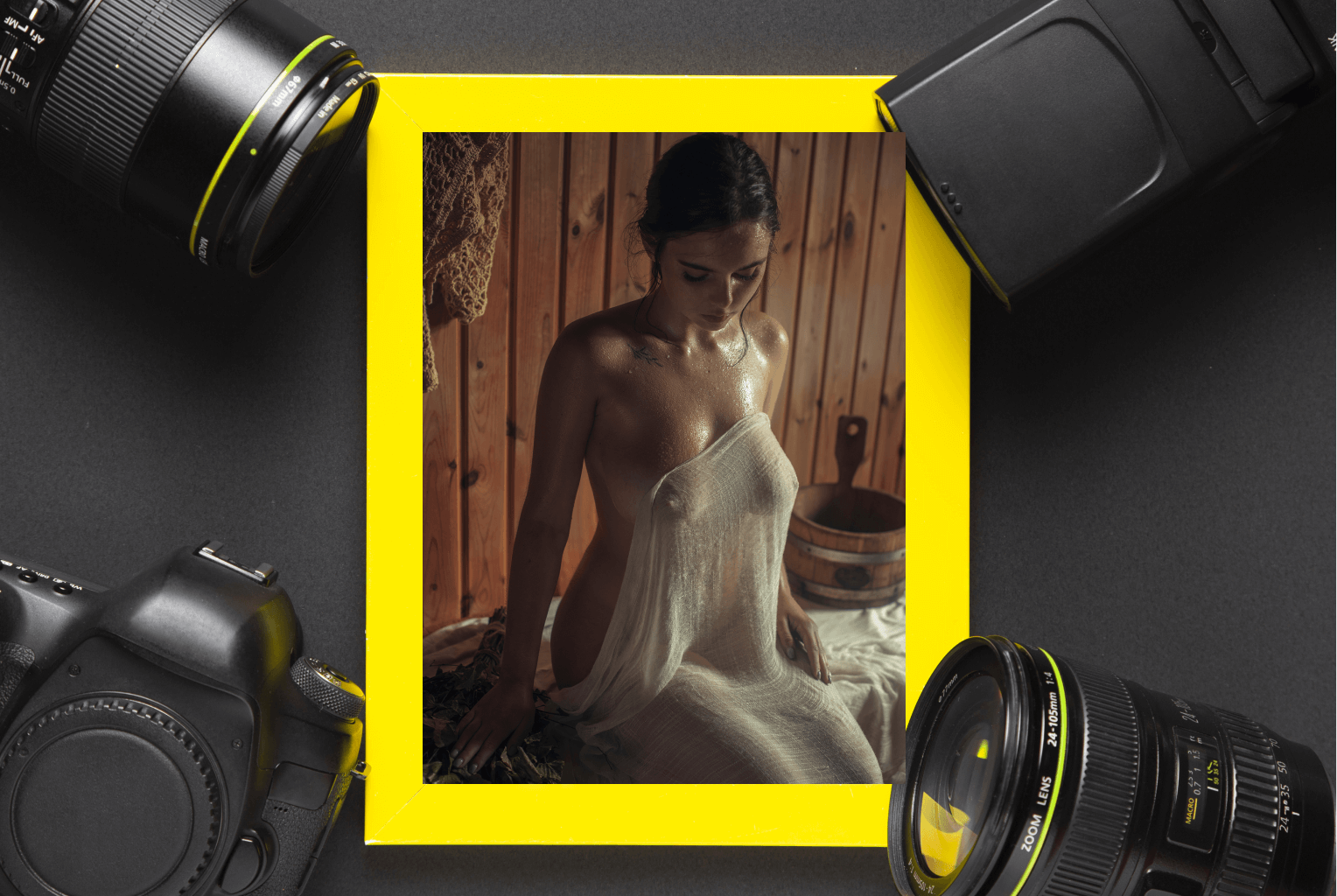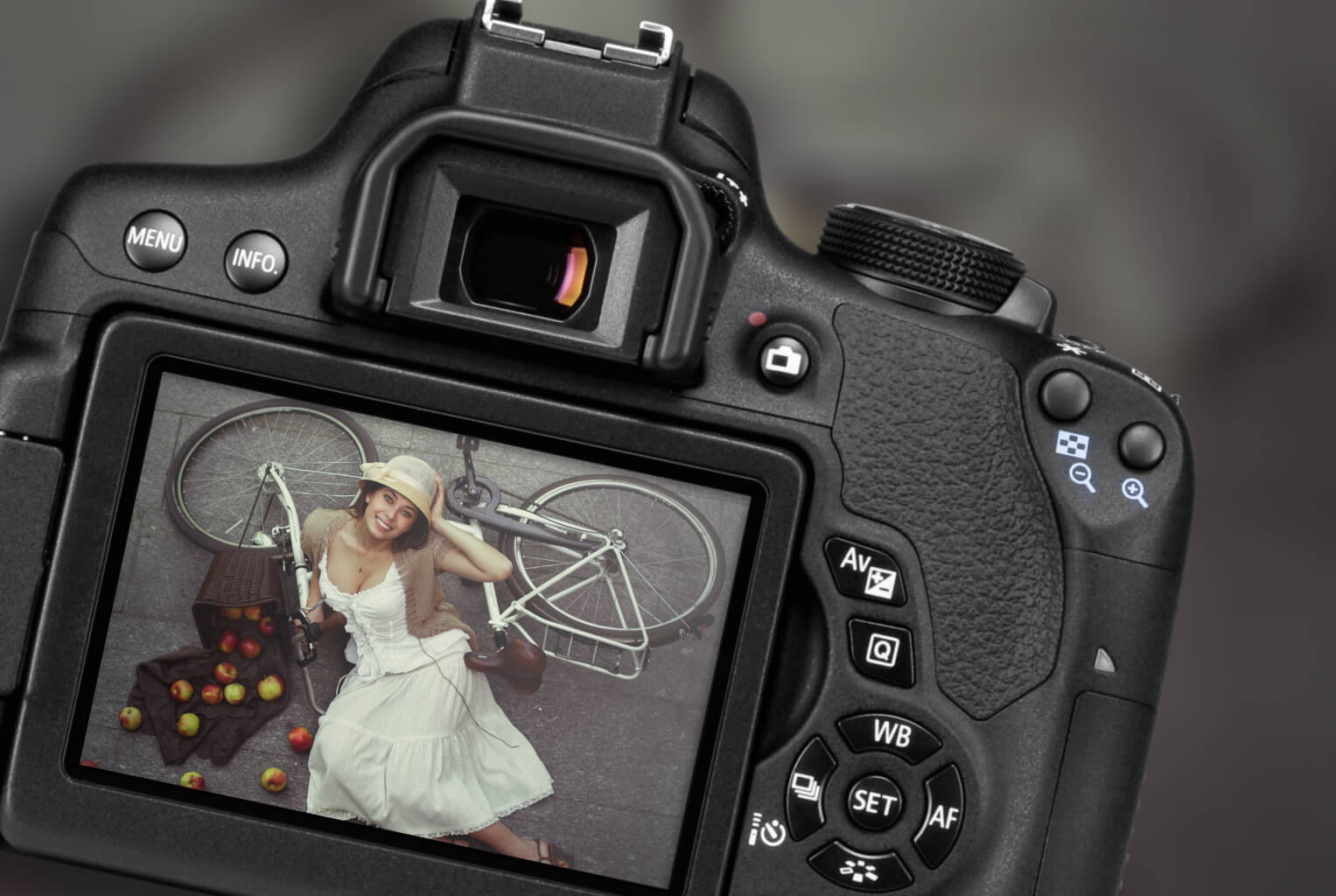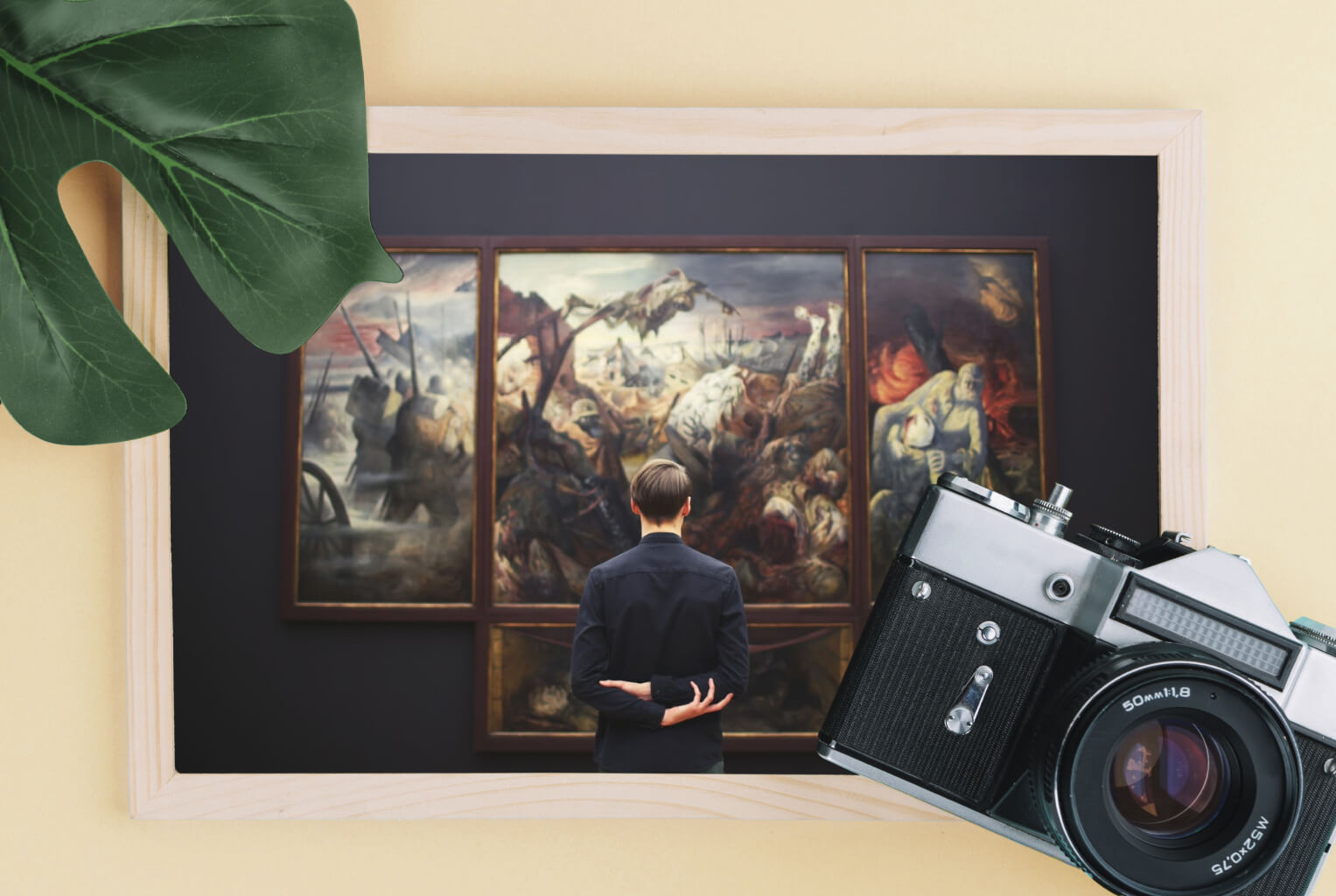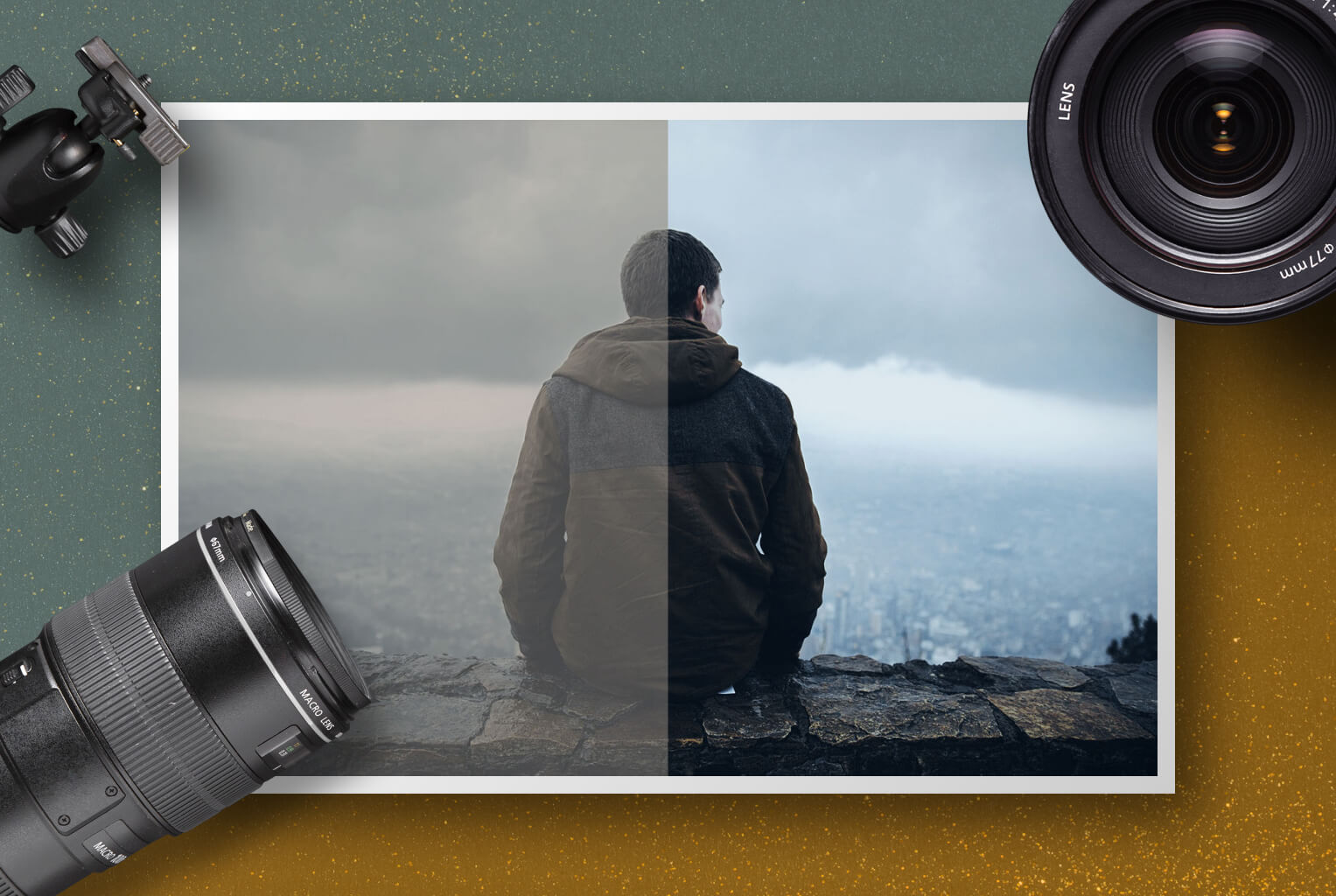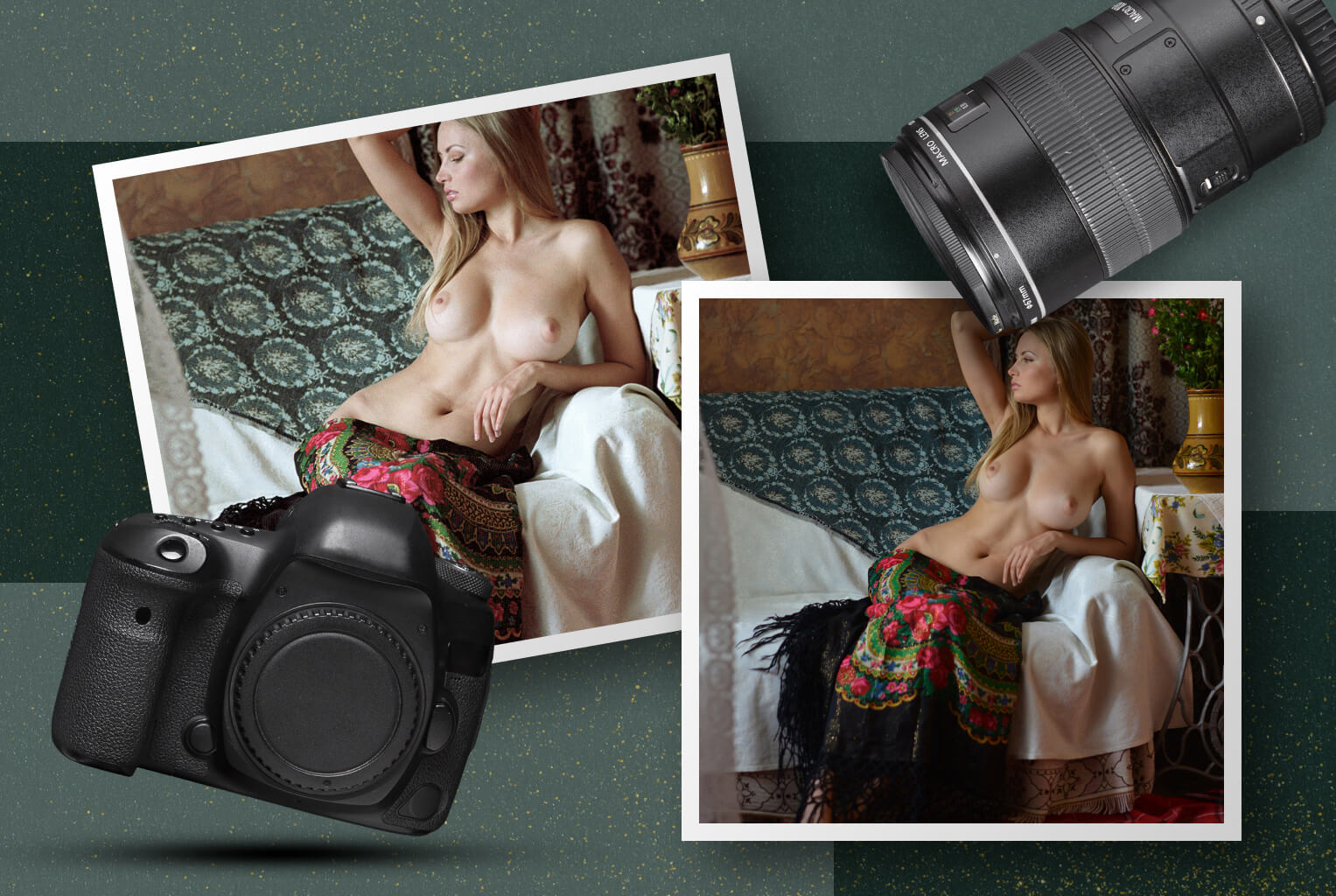
Film and Digital PhotographyПлівкова та цифрова фотографія
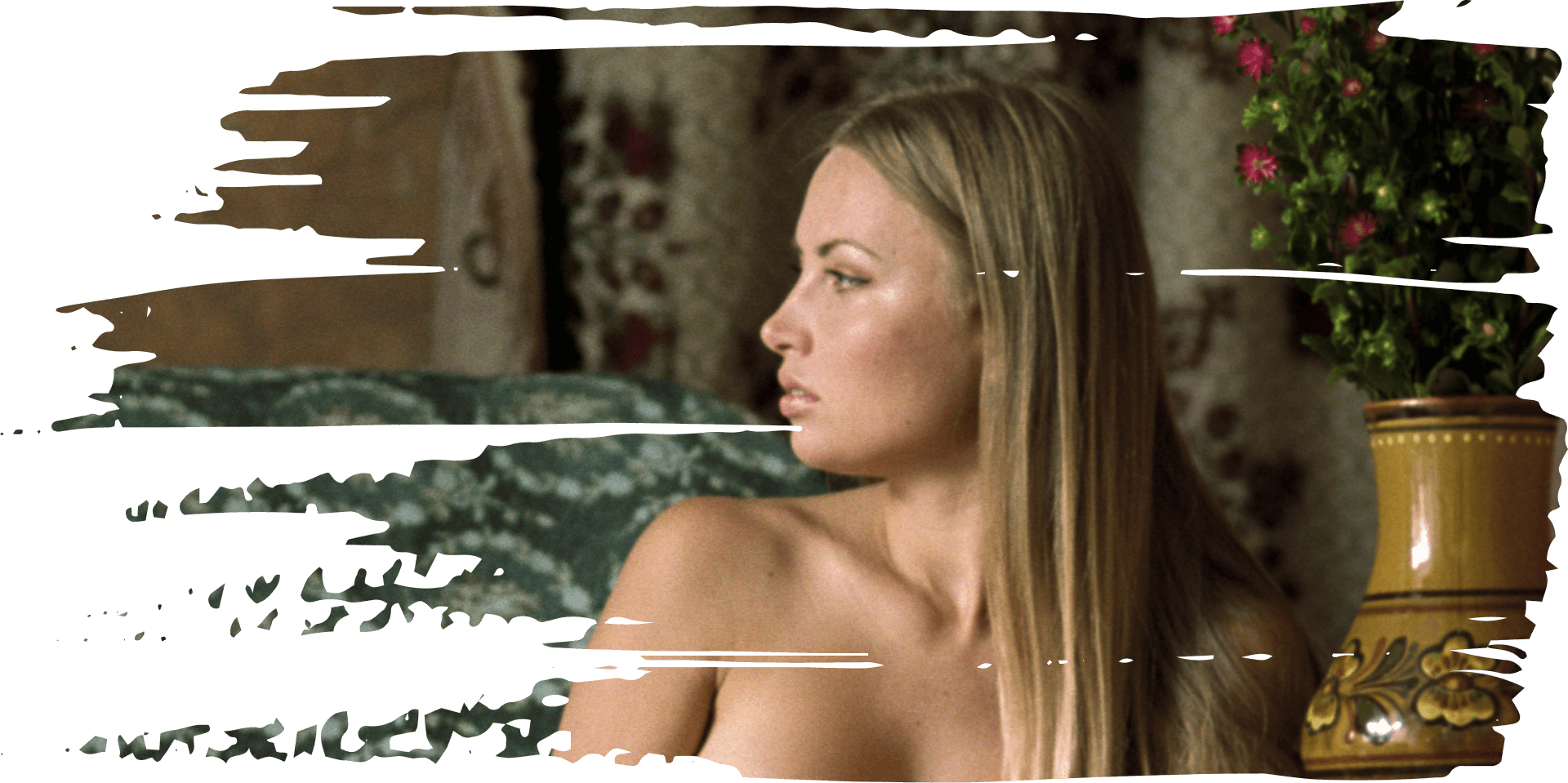
“A digital camera allows you to take hundreds and thousands of photos without fear of ‘running out of film’.”
The film provides softer contrast and smooth transitions between light and shadow, creating a sense of harmony in every frame. Light grain and “glit” subtly add texture, highlight details, and give the image a special atmosphere. Warm tones with a greenish-yellow character create a retro effect and a “lively,” breathing image, as if the light leaves its mark on it. The dynamic range seems wider: fine details are preserved in the shadows, and the light areas remain natural and do not burn out. Each frame takes on its own character and cinematic depth, like a captured moment from the past that retains its soul.
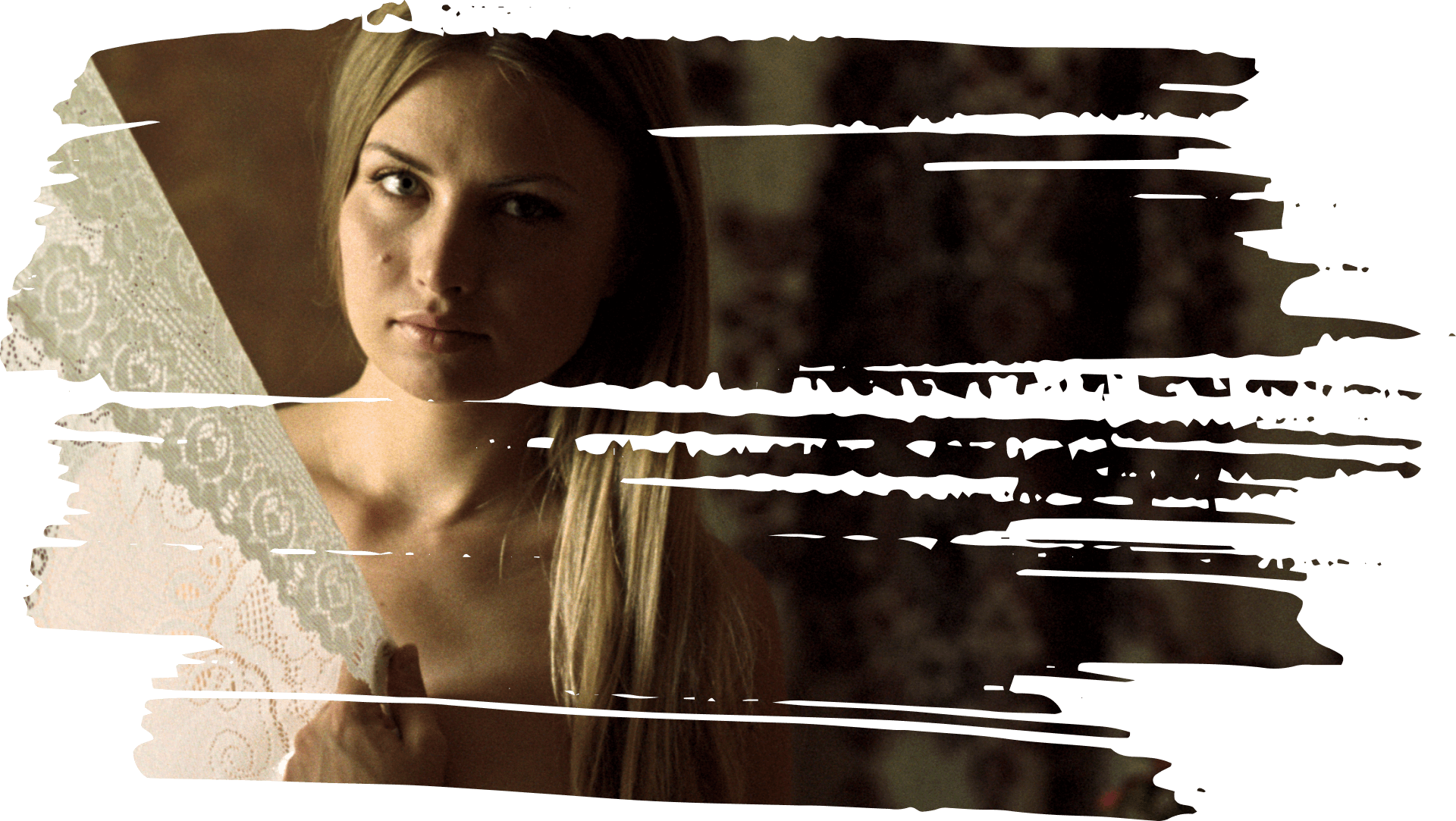
“Digitally, almost unlimited editing of color, contrast, and detail is possible.”
Digital photography, on the other hand, impresses with its sharpness and detail, reproducing the world as accurately as possible. It allows you to see every element of the scene, conveys colors in a neutral, balanced range, and provides perfect white balance. The image looks clean and expressive, with every line and shape clearly defined. At the same time, the contrast increases: the object is separated from the background and becomes the main focus of the composition. Sometimes this precision creates a feeling of a certain “flatness,” where the light grain and texture inherent in film are absent, but at the same time, each frame acquires technical perfection.
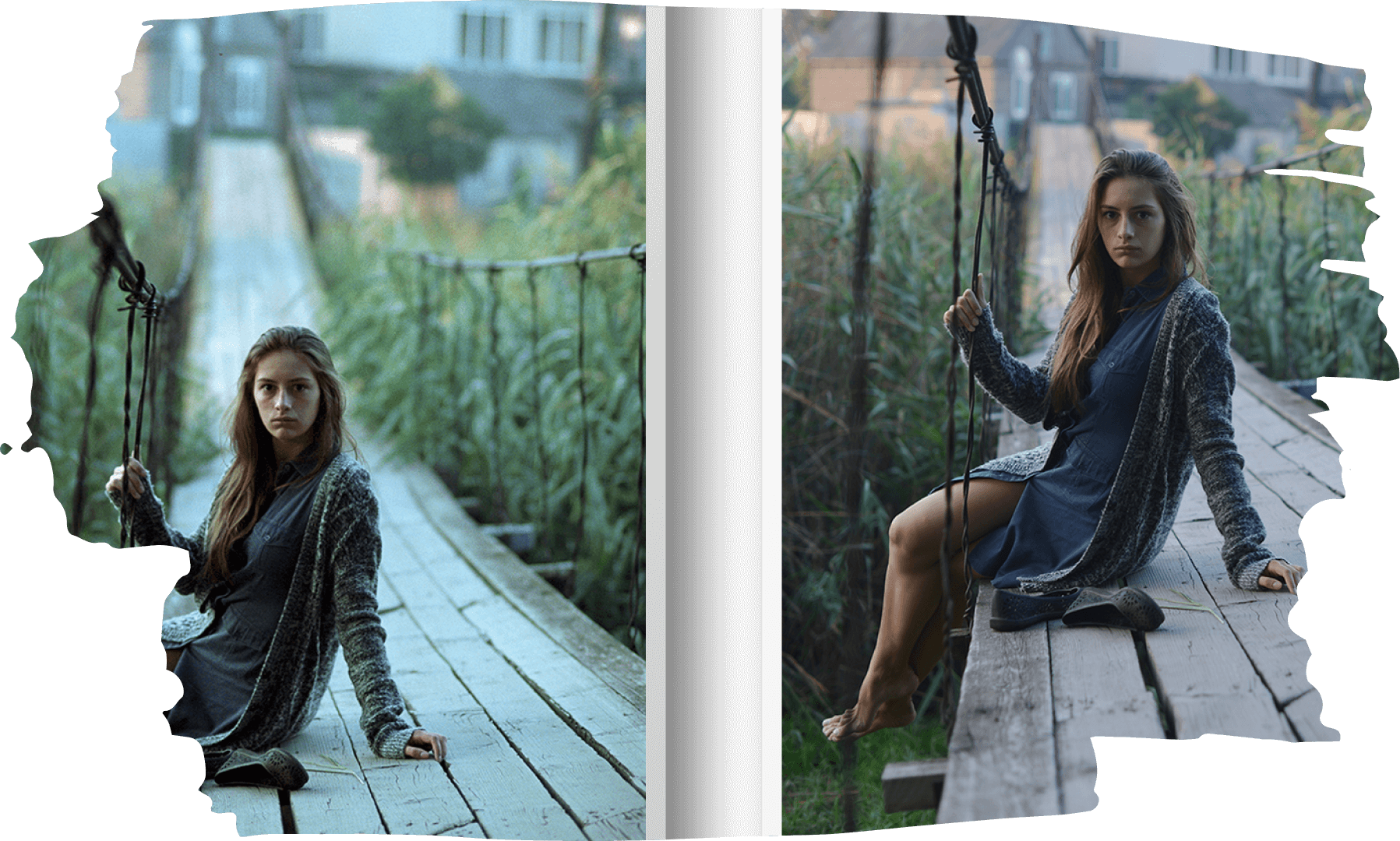
“Digitally, the range is technically wider, but visually it often looks harsher.”
Film provides atmosphere and emotion, while digital photography provides precision and clarity. Together, they open up a full palette of artistic possibilities: the former for those who appreciate the warmth of the moment, unpredictability, and depth, the latter for those who strive for precision, experimentation, and control over light. It is in this balance that the magic of photography is born: each frame can tell a story, convey a mood, and preserve the memory of the world we see and feel.
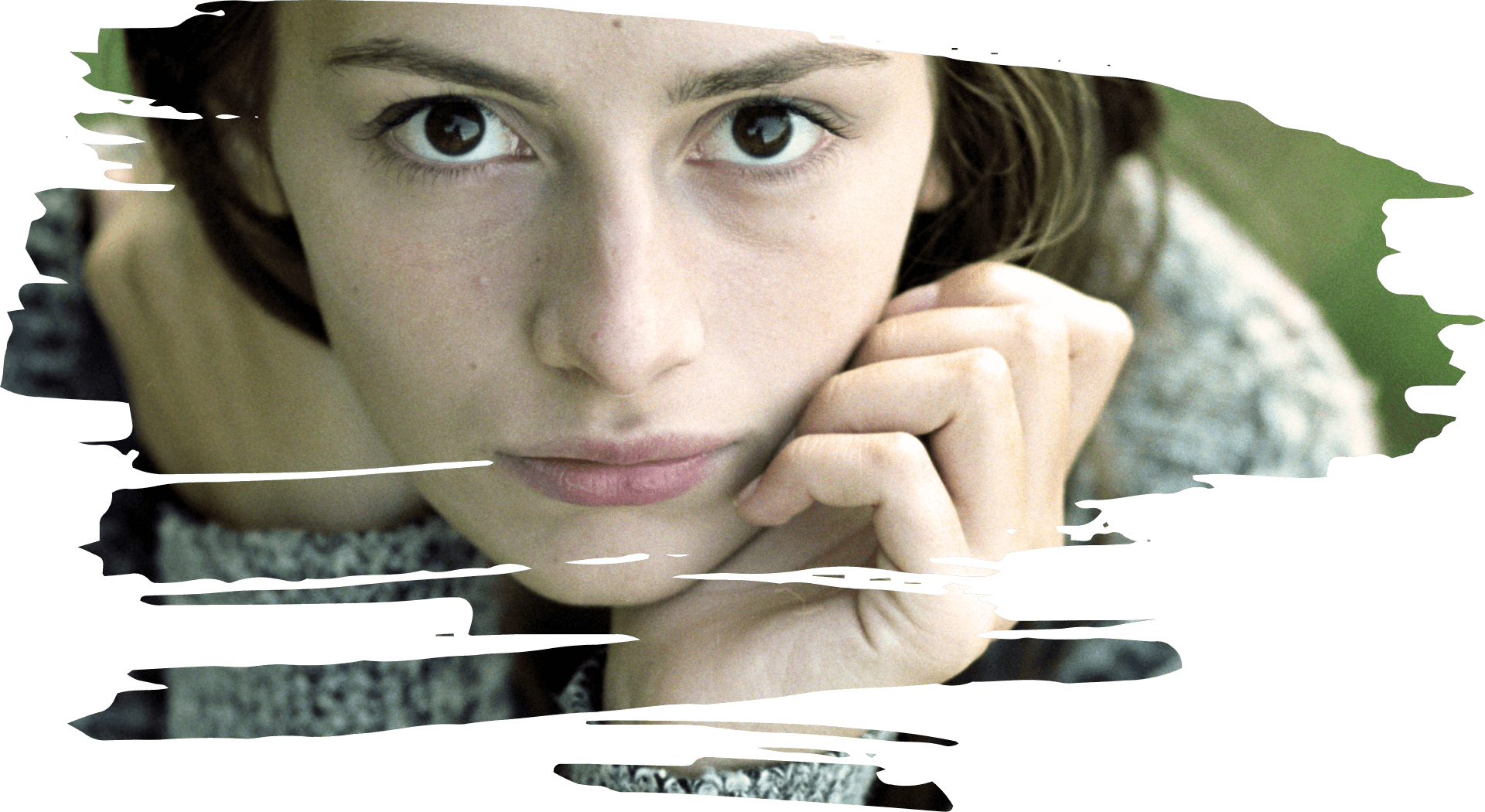
“Film has a ‘soul of randomness’: grain, slight imperfections, warm tones.”
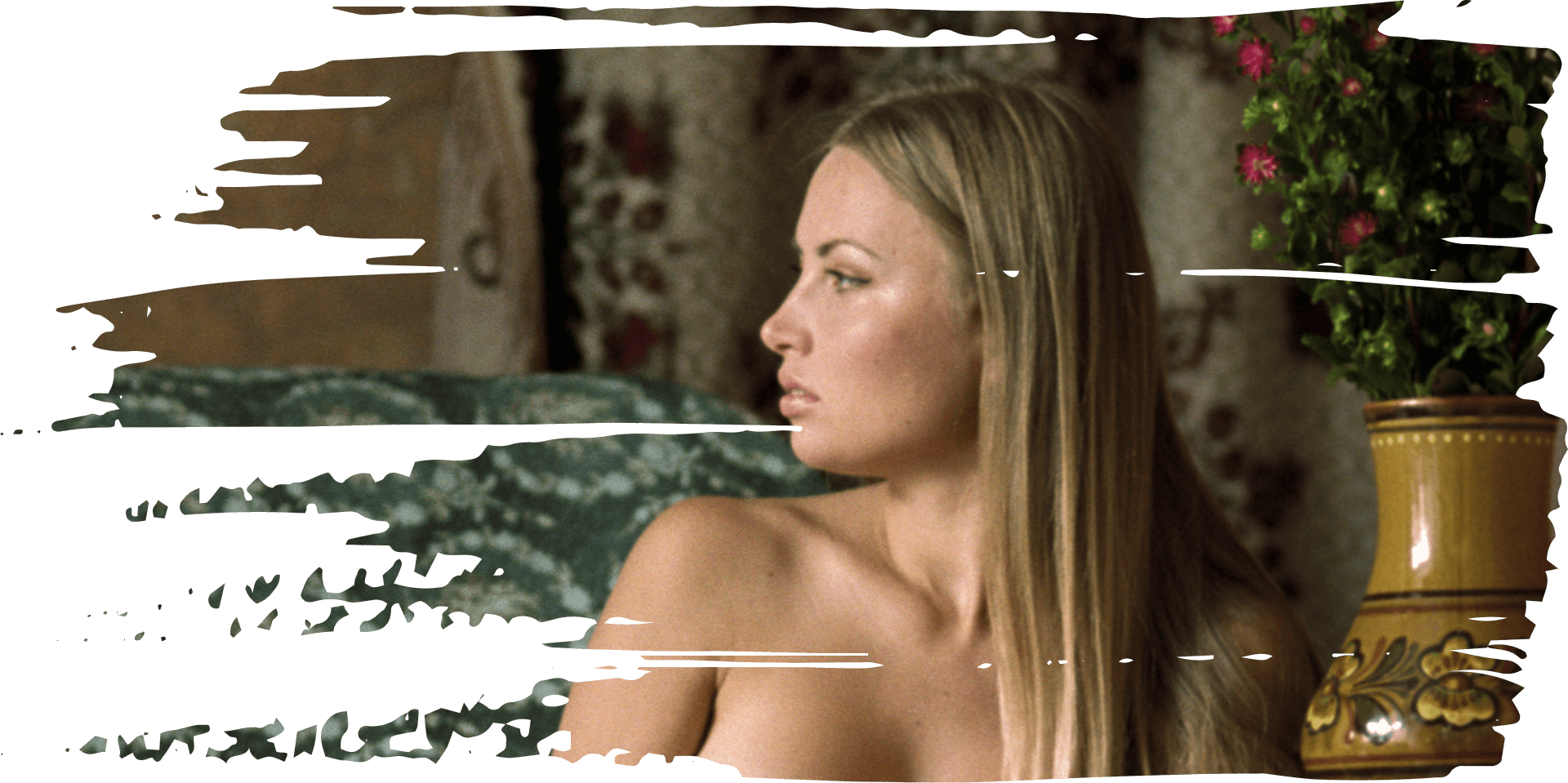
"Цифрова камера дозволяє знімати сотні й тисячі фотографій без страху «закінчити плівку»."
Плівка дарує більш м'який контраст і плавні переходи між світлом і тінню, створюючи відчуття гармонії в кожному кадрі. Легке зерно і «гліт» ненав'язливо додають текстуру, відтіняють деталі і надають зображенню особливу атмосферу. Теплі відтінки із зеленувато-жовтим характером створюють ефект ретро і «живої», дихаючої картинки, ніби світло на ній залишає свій слід. Динамічний діапазон здається ширшим: у тінях зберігаються тонкі деталі, а світлі ділянки залишаються природними і не вигоряють. Кожен кадр отримує свій характер і кінематографічну глибину, немов зафіксований момент з минулого, який зберігає свою душу.
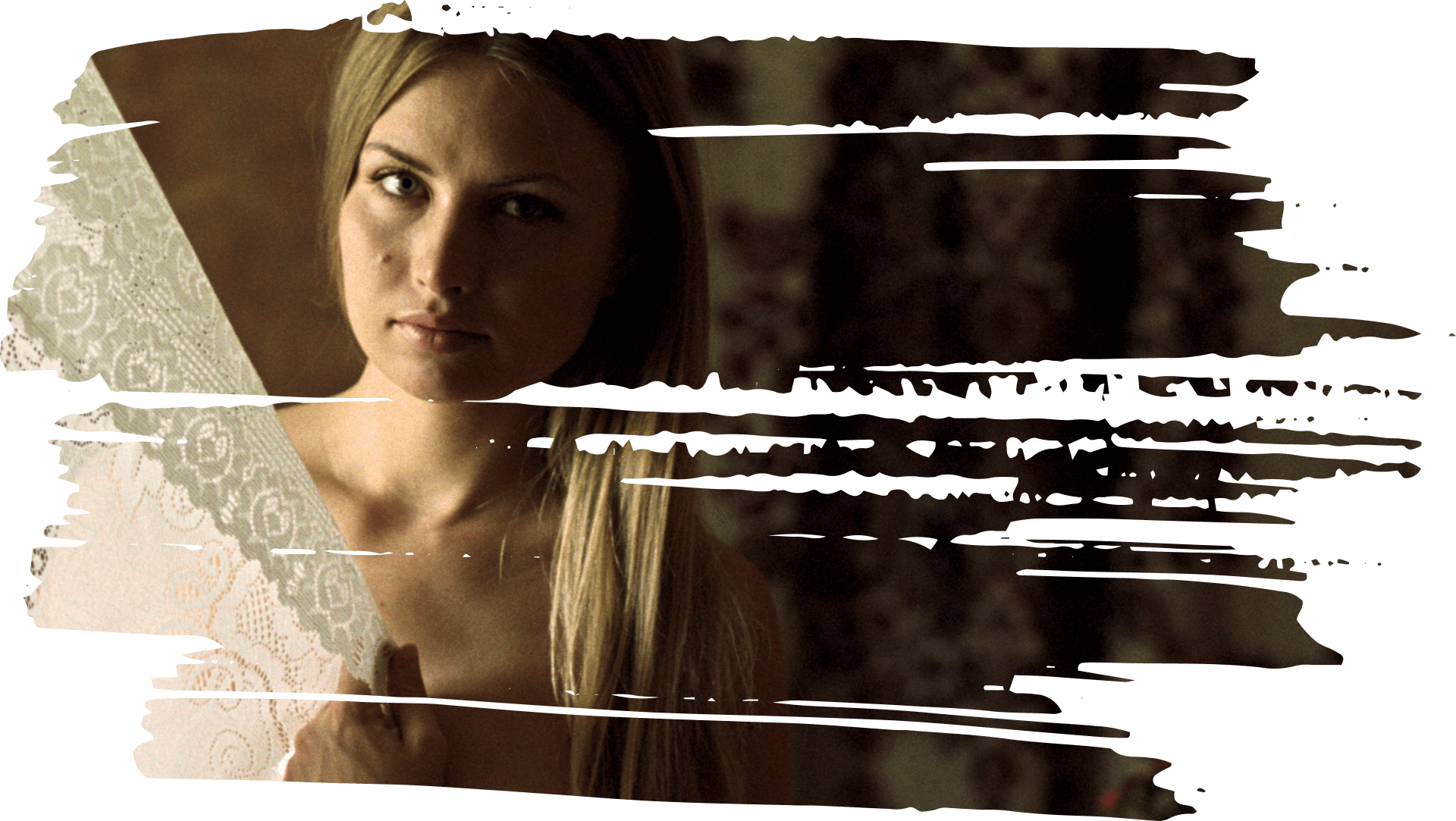
"У цифрі можливе майже безмежне редагування кольору, контрасту й деталей."
Цифрова фотографія, навпаки, вражає різкістю і деталізацією, відтворюючи світ максимально точно. Вона дозволяє бачити кожен елемент сцени, передає кольори в нейтральній, збалансованій гамі і забезпечує ідеальний баланс білого. Зображення виглядає чистим і виразним, кожна лінія і форма чітко окреслені. Разом з цим зростає контрастність: об'єкт відділяється від фону, стає головним акцентом композиції. Іноді ця точність створює відчуття деякої «плоскості», де відсутнє легке зерно і текстура, властиві плівці, але водночас кожен кадр набуває технічної досконалості.
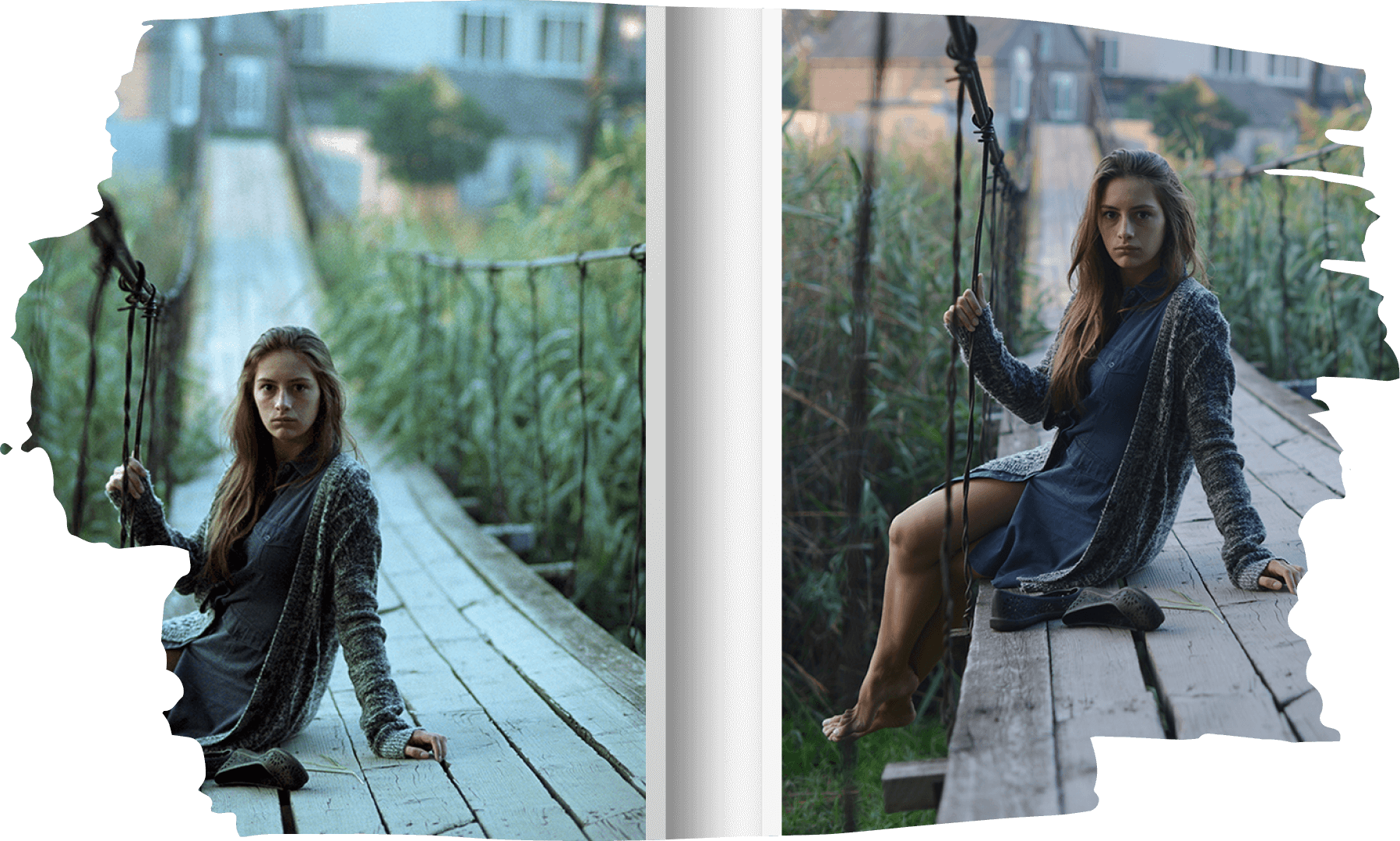
"У цифрі діапазон технічно ширший, але візуально часто виглядає жорсткіше."
Плівка дарує атмосферу і емоції, цифрова фотографія – точність і чистоту. У поєднанні вони відкривають повну палітру художніх можливостей: перша – для тих, хто цінує теплоту моменту, непередбачуваність і глибину, друга – для тих, хто прагне до точності, експериментів і контролю над світлом. І саме в цьому балансі народжується магія фотографії: кожен кадр може розповісти історію, передати настрій і зберегти пам'ять про світ, який ми бачимо і відчуваємо.
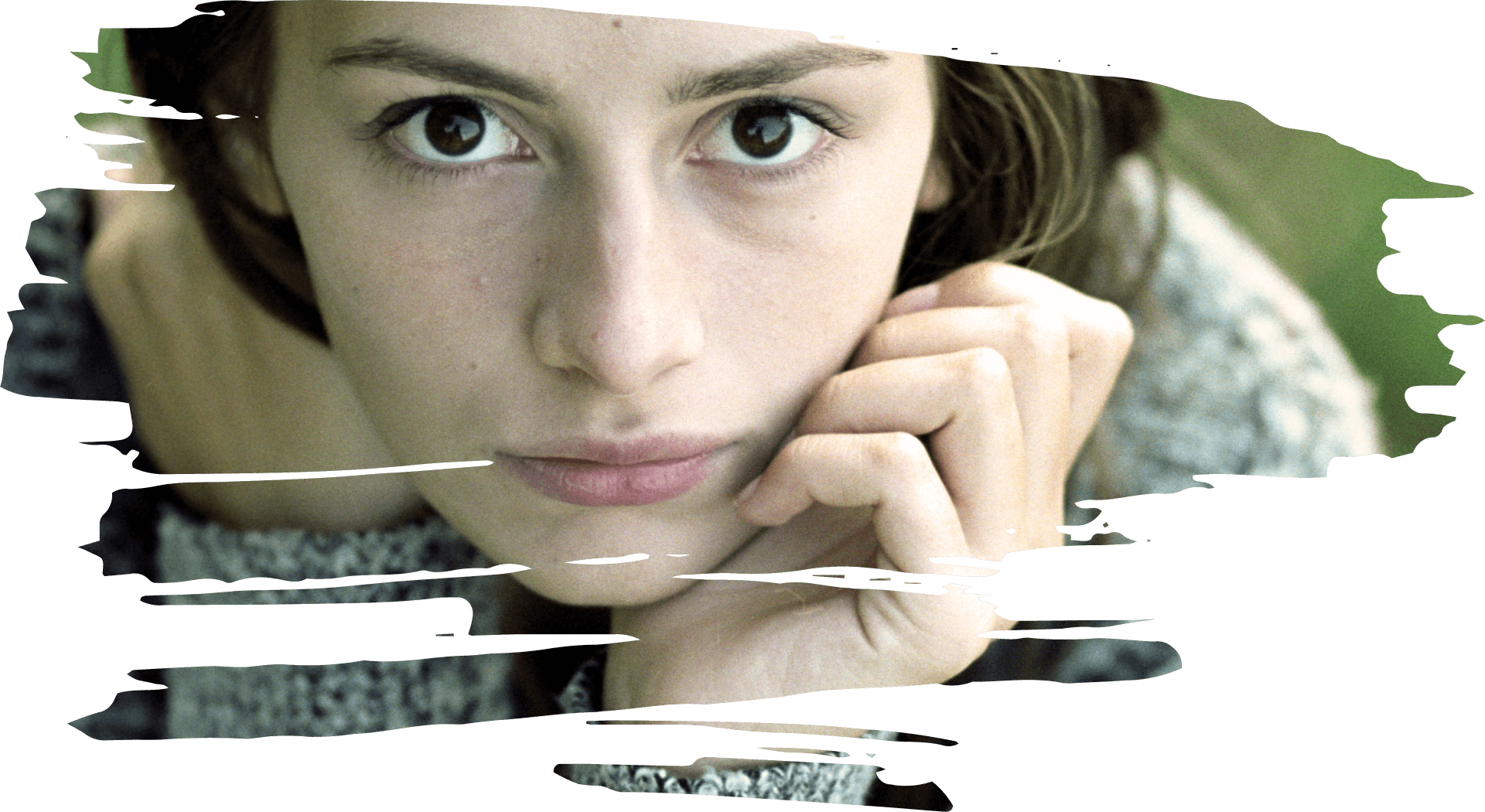
"У плівки є «душа випадковості»: зерно, легкі недосконалості, теплі відтінки."
Артисти
Інформація
Увесь художній контент (фотографії, відео, ілюстрації, текстові матеріали, аудіофайли), опублікований на платформі NYMF, залишається виключною власністю незалежних авторів та творців контенту. За домовленістю з Forza z co, творці надають Компанії обмежені права на публікацію, розповсюдження та, де це прямо погоджено, ліцензування або субліцензування своїх робіт. Усім зображеним особам на момент створення було 18+ років, і відповідні згоди були отримані.
Повідомлення про авторське право.
Оберіть мову
Увійдіть або створіть обліковий запис, щоб використовувати NYMF
Увійдіть, щоб продовжити

